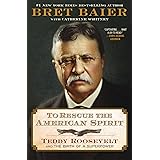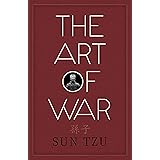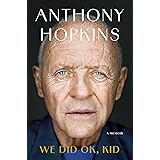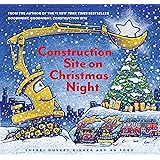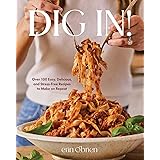Unlock the Secrets Behind Crafting True Stories That Captivate and Inspire
Guidelines for Writing Creative Nonfiction
Here are six simple guidelines to follow when writing creative nonfiction:
- Get your facts straight. It doesn’t matter if you’re writing your own story or someone else’s. If readers, publishers, and the media find out you’ve taken liberties with the truth of what happened, you and your work will be scrutinized. Negative publicity might boost sales, but it will tarnish your reputation; you’ll lose credibility. If you can’t refrain from fabrication, then think about writing fiction instead of creative nonfiction.
- Issue a disclaimer. A lot of nonfiction is written from memory, and we all know that human memory is deeply flawed. It’s almost impossible to recall a conversation word for word. You might forget minor details, like the color of a dress or the make and model of a car. If you aren’t sure about the details but are determined to include them, be upfront and include a disclaimer that clarifies the creative liberties you’ve taken.
- Consider the repercussions. If you’re writing about other people (even if they are secondary figures), you might want to check with them before you publish your nonfiction. Some people are extremely private and don’t want any details of their lives published. Others might request that you leave certain things out, which they want to keep private. Otherwise, make sure you’ve weighed the repercussions of revealing other people’s lives to the world. Relationships have been both strengthened and destroyed as a result of authors publishing the details of other people’s lives.
- Be objective. You don’t need to be overly objective if you’re telling your own, personal story. However, nobody wants to read a highly biased biography. Book reviews for biographies are packed with harsh criticism for authors who didn’t fact-check or provide references and for those who leave out important information or pick and choose which details to include to make the subject look good or bad.
- Pay attention to language. You’re not writing a textbook, so make full use of language, literary devices, and storytelling techniques.
- Know your audience. Creative nonfiction sells, but you must have an interested audience. A memoir about an ordinary person’s first year of college isn’t especially interesting. Who’s going to read it? However, a memoir about someone with a learning disability navigating the first year of college is quite compelling, and there’s an identifiable audience for it. When writing creative nonfiction, a clearly defined audience is essential.
Are you looking for inspiration?
Check out these creative nonfiction writing ideas.
Ten Creative Nonfiction Writing Prompts and Projects
The prompts below are excerpted from my book, 1200 Creative Writing Prompts, which contains fiction, poetry, and creative nonfiction writing prompts. Use these prompts to spark a creative nonfiction writing session.

